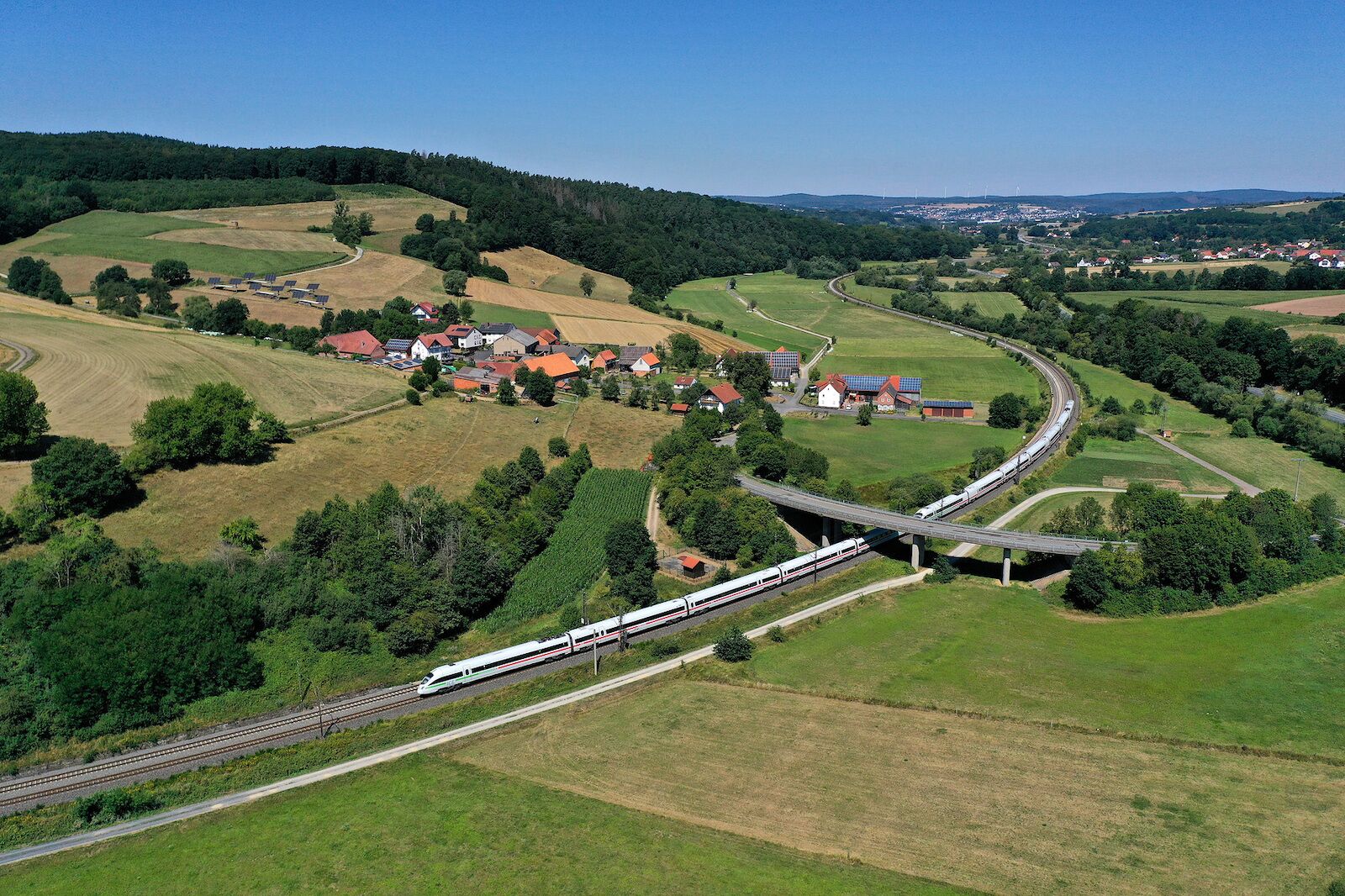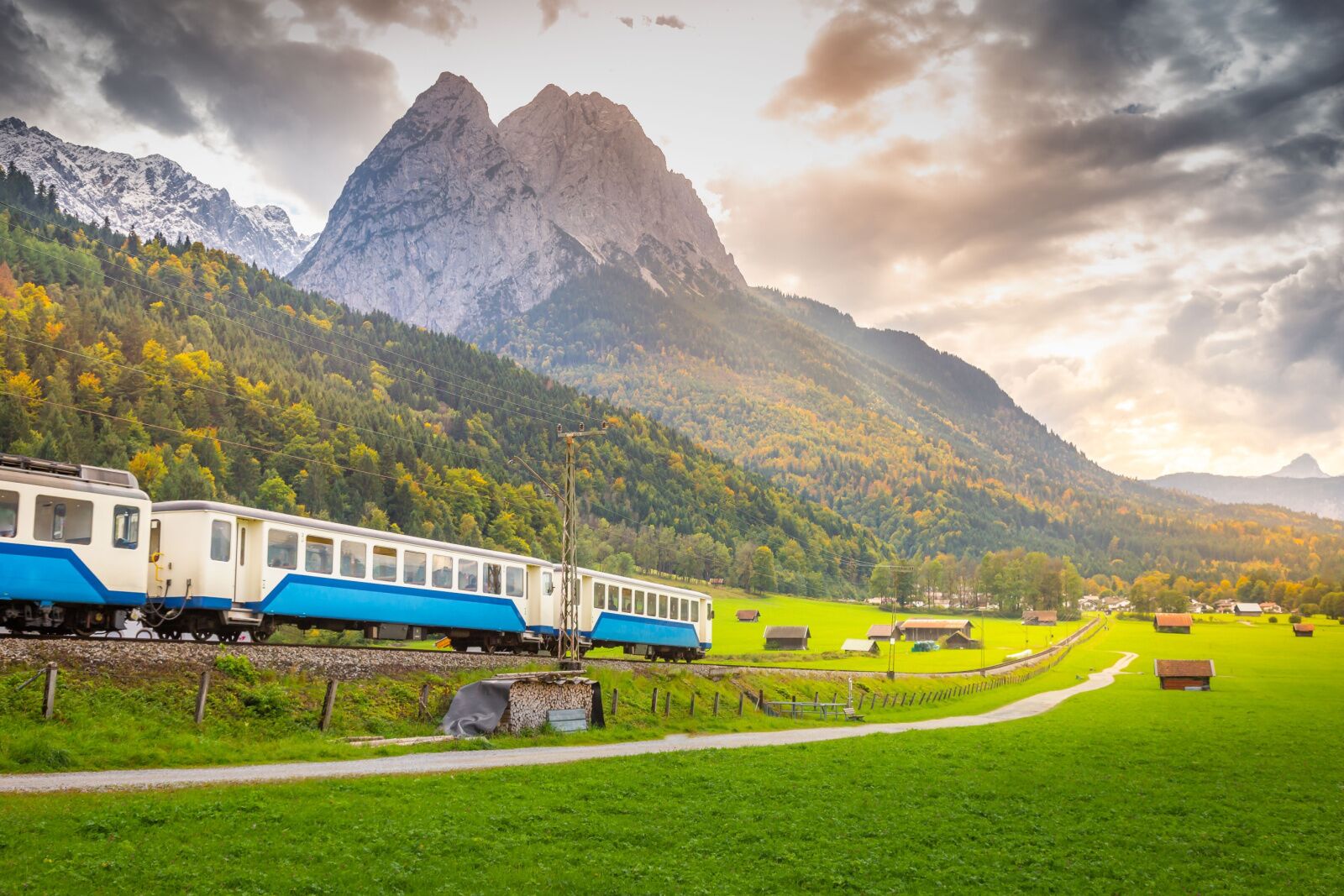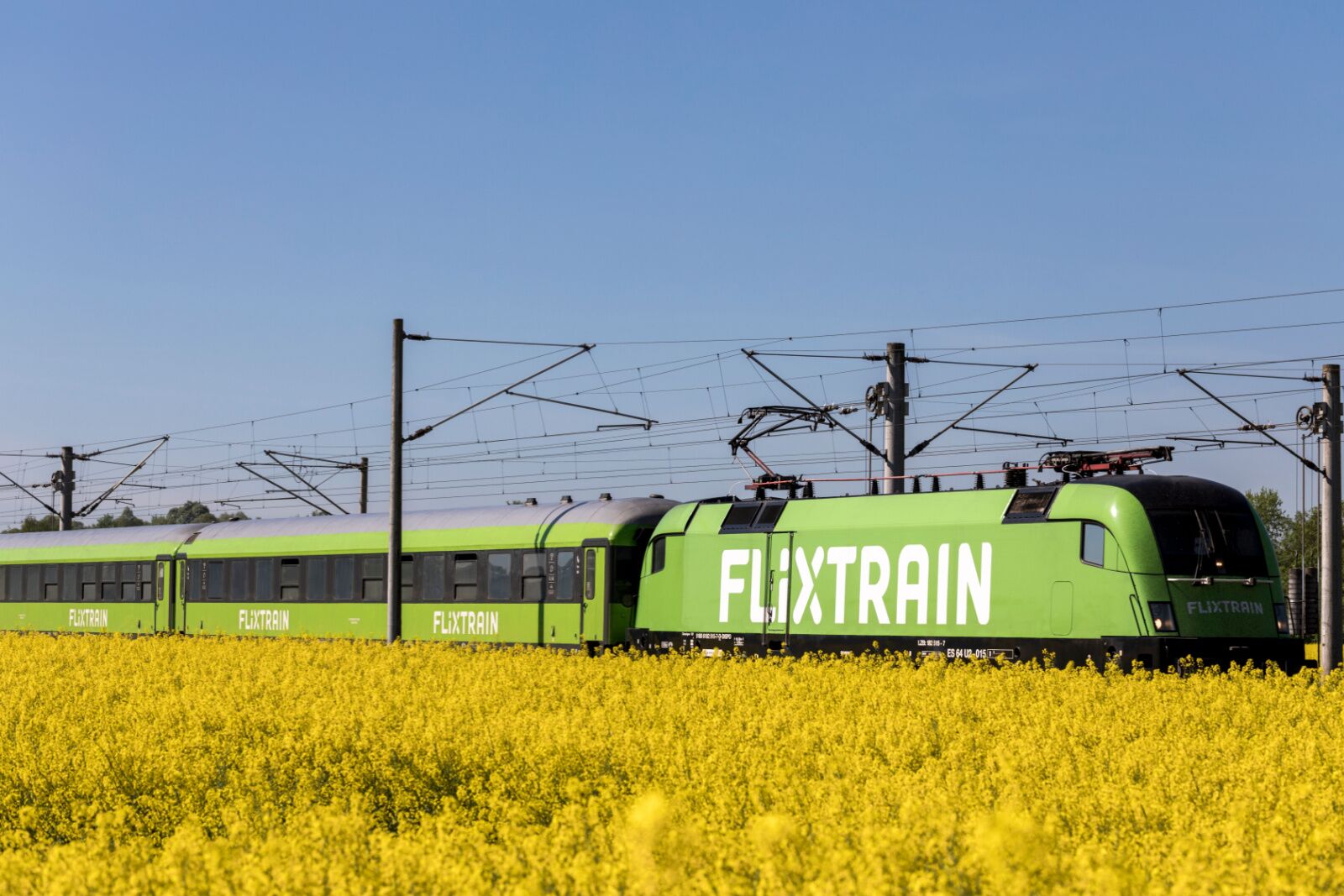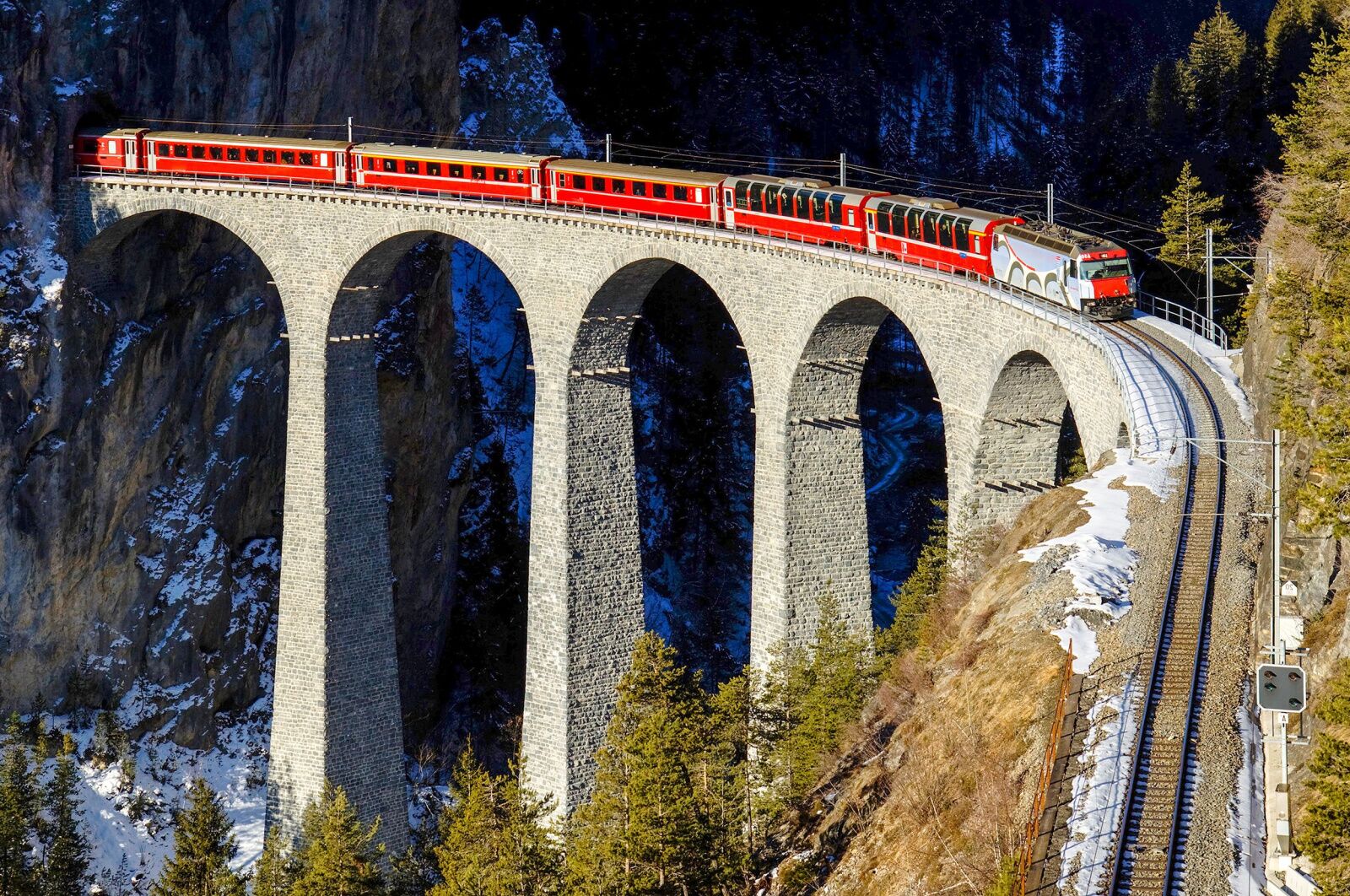For Americans traveling abroad, few countries are easier to navigate than Germany. Though not technically an English-speaking nation, you’d be hard-pressed to find anyone working in tourism who doesn’t speak English. The country has plenty of amazing places to visit, the cities are clean, and travel within the country is blissfully easy. Much of this is thanks to the system of German trains known as Deutsche Bahn: Germany national railway that connects visitors to pretty much anywhere in the country from anywhere else in the country.
With nonstop flights from North America to most major German hubs, and easy train connections at the airports, exploring Germany by rail is a simple and relatively affordable way to see the cities, castles, and countryside that make the country so special. Here’s all you need to know about German trains and using the system, as well as how to take Deutsche Bahn to other gorgeous places across Germany’s borders.







